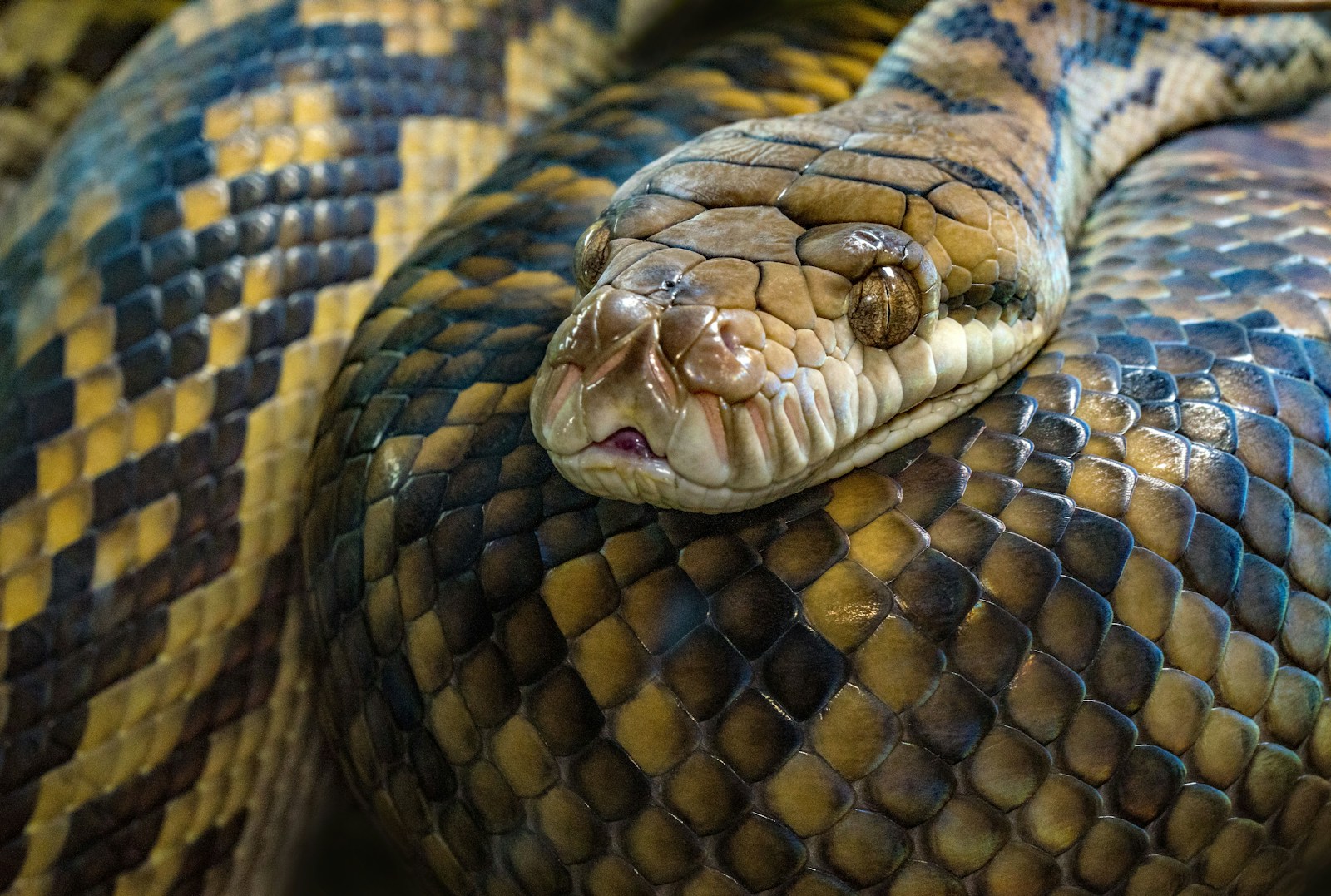In the fascinating world of animal defense mechanisms, few are as theatrical and effective as the hognose snake’s dramatic performance. When threatened, this remarkable reptile puts on a display worthy of a Hollywood award, pretending to be injured or even dead to avoid predation. This behavior, known as “playing possum” or thanatosis, is just one of several deceptive strategies in this snake’s survival toolkit. These master actors have evolved specialized behaviors that blend deception with intimidation, creating one of nature’s most compelling survival stories. Let’s explore the extraordinary world of these serpentine performers and uncover the science behind their life-saving charades.
The Hognose Snake: Nature’s Drama King
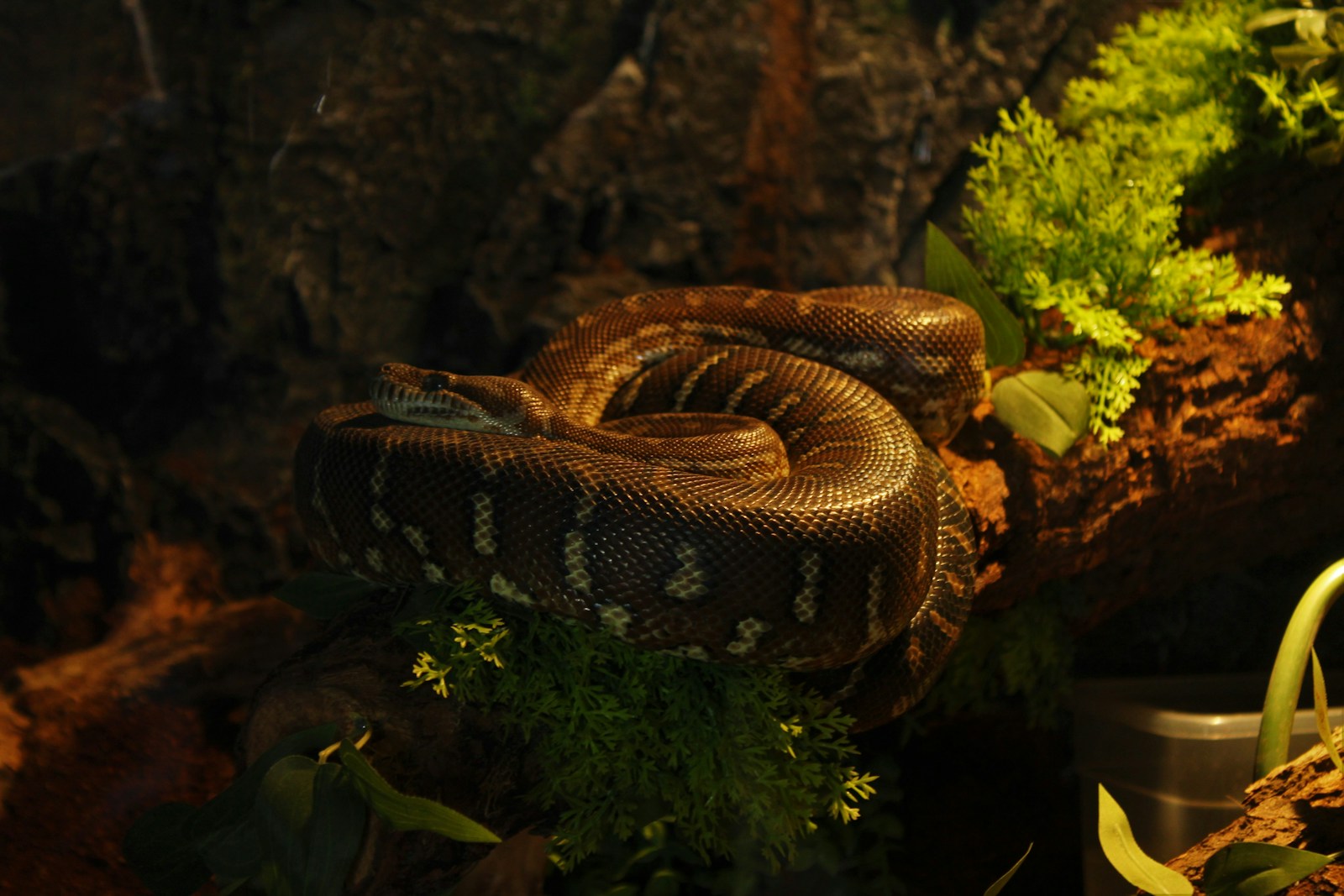
The primary snake known for feigning injury is the hognose snake, comprising several species within the genera Heterodon (North American) and Leioheterodon (Madagascan). These relatively small, stout-bodied snakes are named for their distinctive upturned snouts, which they use for digging in loose soil. While their appearance might seem unremarkable at first glance, it’s their behavior when threatened that has earned them nicknames like “drama queen,” “puff adder,” and “playing ‘possum snake” among herpetologists and snake enthusiasts. Hognose snakes inhabit various habitats across North America and Madagascar, adapting to environments from sandy plains to woodland edges. Their remarkable defensive behaviors have evolved as non-venomous (or mildly venomous) alternatives to the deadly bites that protect other snake species.
The Multi-Stage Defense Strategy
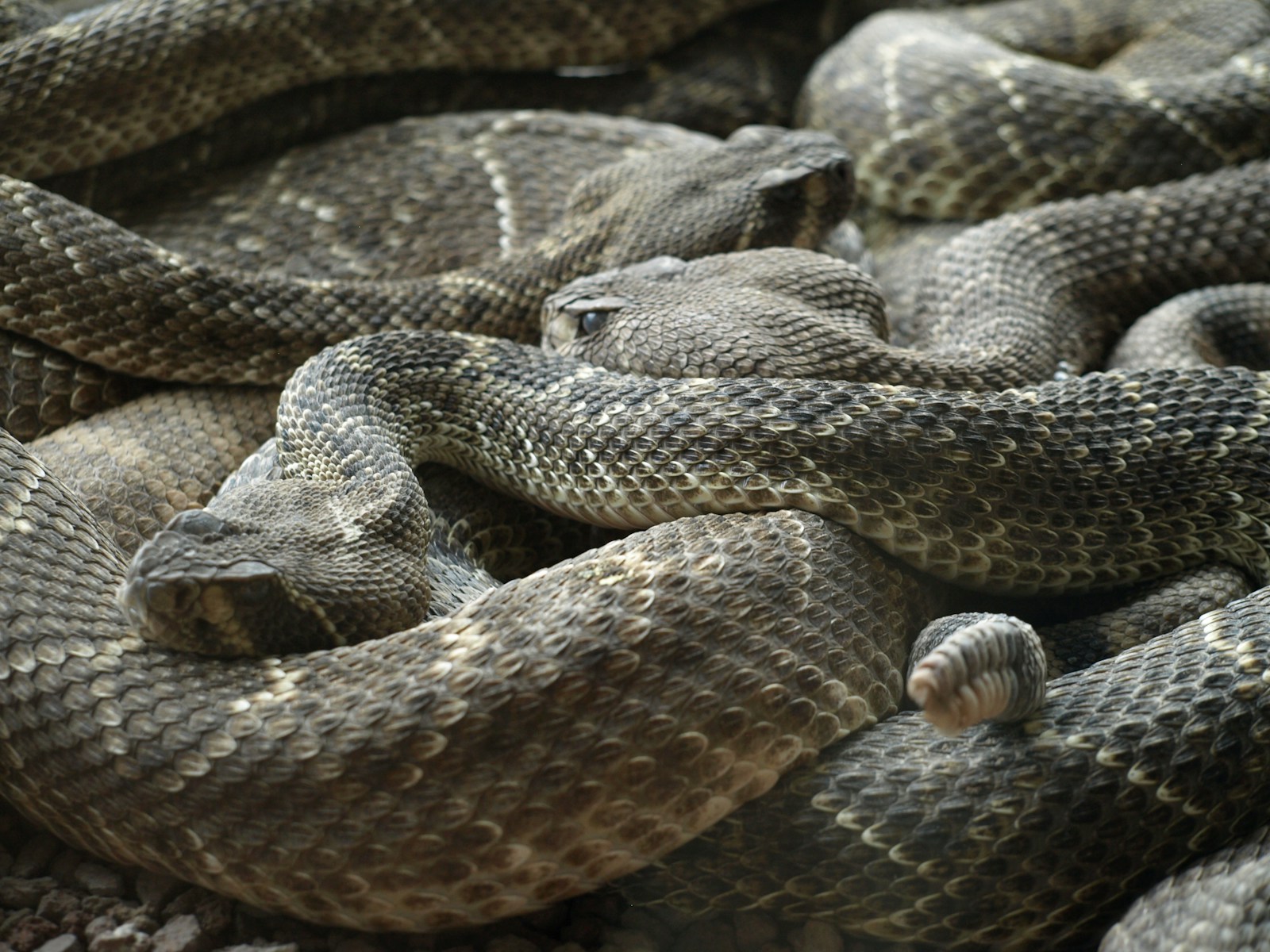
When confronted by a potential predator, the hognose snake employs a sophisticated, multi-tiered defense strategy that escalates based on the perceived threat level. Initially, when disturbed, the snake will often freeze in place, relying on its camouflaged patterns to blend with surroundings and avoid detection. If the threat persists and the predator continues to approach, the snake transitions to more active defensive measures. This escalating response demonstrates a remarkable cognitive ability to assess threat levels and conserve energy by employing only the necessary level of defensive behavior. The hognose’s full defensive repertoire includes up to four distinct phases, with each subsequent phase requiring more energy expenditure but potentially providing greater protection.
The Intimidation Display: Putting on a Show
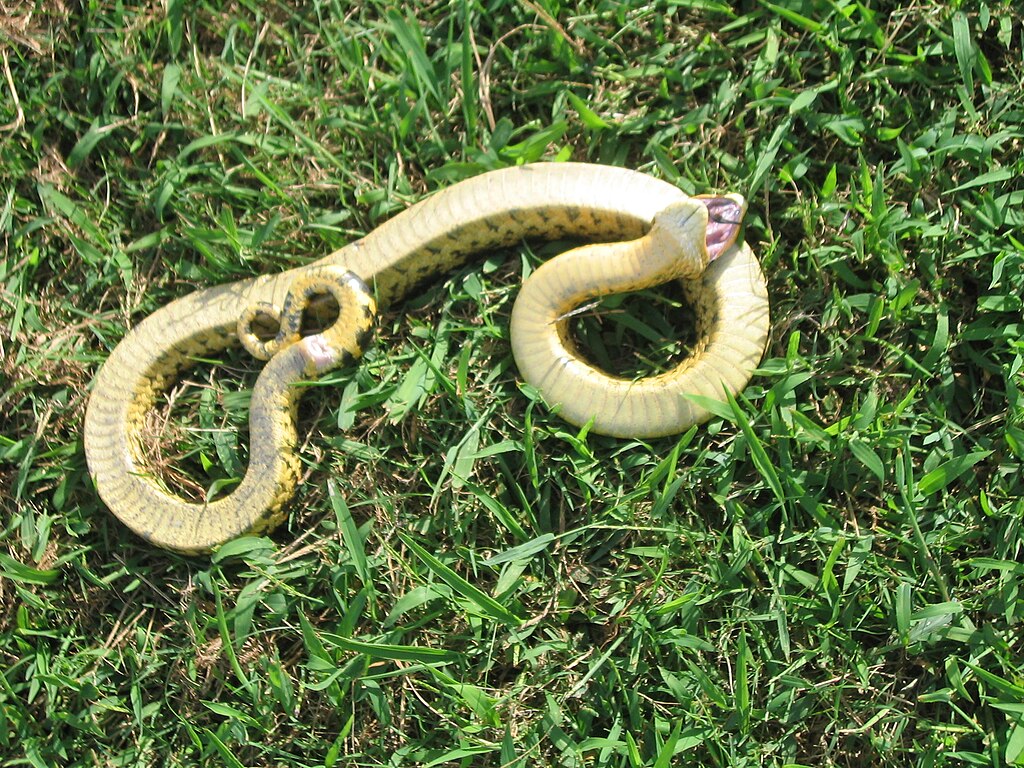
Before resorting to playing injured, the hognose snake attempts to scare away threats through an elaborate intimidation display. When threatened, it flattens its neck and head in a cobra-like hood, hisses loudly, and may perform false strikes with a closed mouth. The Eastern Hognose Snake (Heterodon platirhinos) is particularly renowned for this behavior, earning it the nickname “puff adder” or “spreading adder” despite being unrelated to true adders. During this display, some species will also inflate their bodies to appear larger and more intimidating to potential predators. This bluffing behavior is remarkably effective against inexperienced predators who mistake the harmless hognose for a dangerous venomous species.
The Death-Feigning Performance

If intimidation fails, the hognose snake proceeds to one of nature’s most dramatic performances: the death feign. The snake will suddenly convulse, writhe dramatically, and then roll onto its back with mouth agape and tongue hanging limply to the side. To enhance the illusion of death, it may release a foul-smelling musk from its cloaca and even allow blood to pool in certain areas of its body, creating a more convincing appearance of a decomposing carcass. The performance is so committed that if manually turned right-side up, the snake will immediately roll back onto its back to maintain the death pose. This elaborate charade can continue for minutes or even hours until the snake perceives the threat has passed.
The Science Behind Thanatosis

Thanatosis, or death-feigning, is based on a simple but effective evolutionary principle: most predators prefer live prey and will ignore animals that appear dead or diseased. This behavior has evolved independently in various species including certain beetles, opossums, and several snake species, suggesting its effectiveness as a survival strategy. In the hognose snake, thanatosis is believed to be a parasympathetic nervous system response—essentially, an extreme version of the “freeze” component in the fight-flight-freeze response. Neurobiologists studying this behavior have observed changes in heart rate, respiration, and muscle tone during these episodes, indicating a complex physiological state rather than simple behavioral mimicry.
Eastern Hognose: The Master Performer
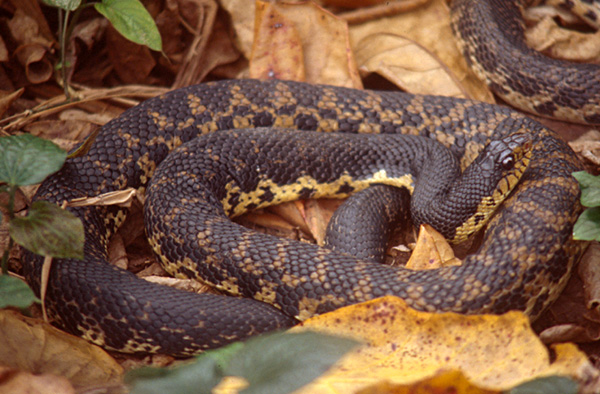
Among the hognose species, the Eastern Hognose Snake (Heterodon platirhinos) is widely regarded as the most theatrical in its death-feigning behavior. Native to eastern North America, this species has elevated thanatosis to an art form, often incorporating dramatic convulsions before the final death pose. Eastern Hognoses display remarkable individuality in their performances—some individuals may roll over immediately when threatened, while others proceed through the entire defensive repertoire before resorting to playing dead. Research suggests that Eastern Hognoses living in areas with higher predator density tend to resort to death-feigning more quickly than those in safer environments, indicating that this behavior can be influenced by environmental factors.
Western Hognose: A Different Approach

The Western Hognose Snake (Heterodon nasicus) employs similar defensive tactics but with some notable variations in its performance style. This species often incorporates more hissing and false strikes before resorting to death-feigning, and its thanatosis display may be less elaborate than its eastern cousin. Western Hognoses are more likely to include regurgitation of recently consumed prey as part of their death act, adding to the illusion of decay and decomposition. These geographic variations in defensive behavior provide fascinating insights for evolutionary biologists studying how different selection pressures shape animal behavior. Western Hognoses have adapted their performances to be effective against the specific predator communities found in their native habitats of the Great Plains and southwestern United States.
Other Snakes With Similar Behaviors
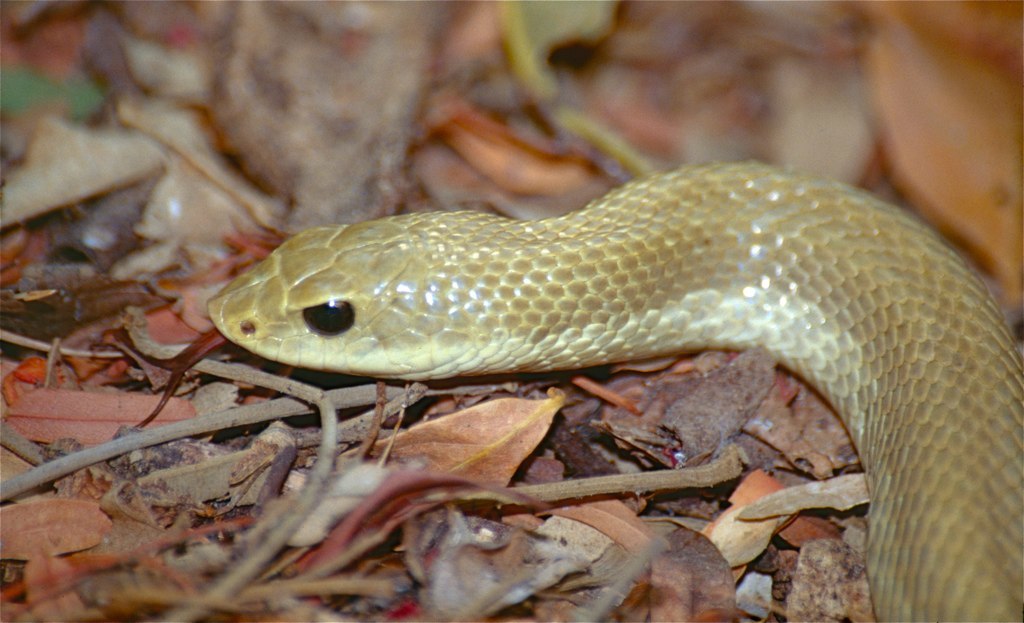
While hognose snakes are the most famous practitioners of injury-feigning and thanatosis, similar behaviors appear in other snake species. The Rinkhals (Hemachatus haemachatus), a cobra relative from southern Africa, can feign death when severely threatened, though less elaborately than hognose snakes. Certain garter snake species have been observed performing simplified versions of death-feigning when handled, suggesting this behavior may be more widespread among snakes than previously thought. The grass snake (Natrix natrix) of Europe also employs thanatosis, often releasing a foul-smelling secretion from its anal glands to enhance the illusion of decomposition. These parallel adaptations across unrelated species demonstrate the effectiveness of death-feigning as a survival strategy.
The Evolutionary Advantage
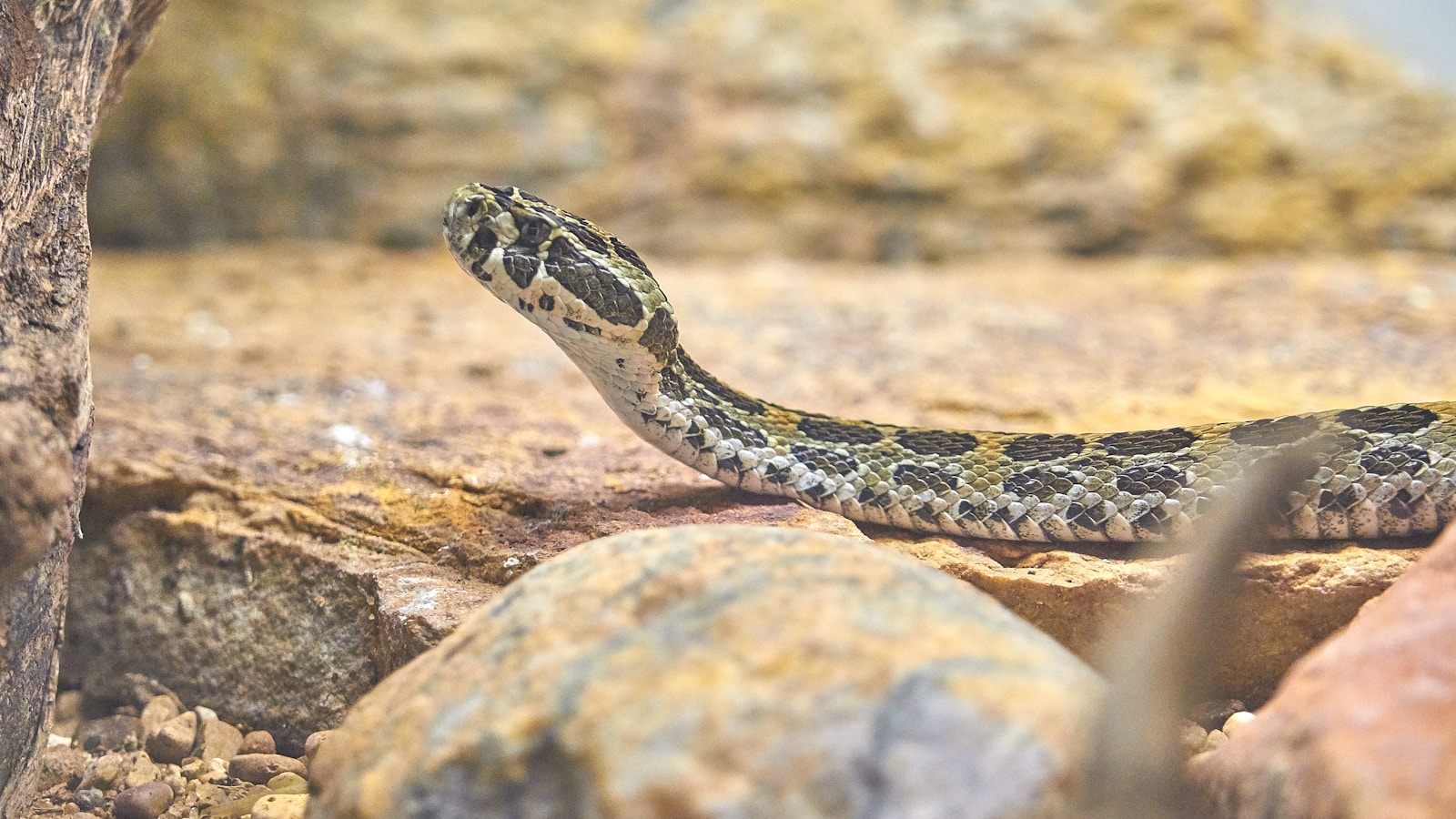
The evolution of such elaborate defensive behaviors raises questions about their evolutionary costs and benefits. For non-venomous or mildly venomous snakes like the hognose, developing this behavioral repertoire provides an effective alternative to the metabolically expensive venom production seen in other snake species. Studies suggest that predators who have attempted to consume a hognose snake performing thanatosis often learn to avoid similar-looking snakes in the future, providing a population-level benefit. The behavior appears to be partly innate rather than learned, as captive-bred hognose snakes with no exposure to predators will still perform death-feigning when threatened. This suggests a strong genetic component to the behavior, indicating its deep evolutionary roots and importance to the species’ survival.
Human Interactions and Conservation

When encountering humans, hognose snakes typically deploy their full defensive repertoire, often leading to misidentification as more dangerous species during their intimidation displays. Unfortunately, this has resulted in many hognose snakes being killed unnecessarily by people who mistake their bluff for aggression. Conservation efforts for hognose species increasingly focus on public education, teaching people to recognize these harmless performers and their beneficial role in controlling rodent and toad populations. Some states, including Minnesota and Michigan, have granted protected status to certain hognose species due to habitat loss and road mortality affecting their populations. Wildlife rehabilitators who encounter “injured” hognose snakes know to check carefully whether the snake is actually injured or simply putting on its convincing act.
Captive Care and Behavior Observations

Hognose snakes have become popular in the pet trade due to their manageable size, relatively docile nature, and fascinating behaviors. Captive specimens will still display their defensive behaviors when startled, though many individuals become less prone to death-feigning as they become accustomed to handling. Interestingly, captive breeding has revealed individual variation in the propensity for thanatosis, suggesting potential genetic components to the behavior that could be selected for or against. Responsible pet owners can observe these behaviors without causing undue stress by minimizing handling during the snake’s adjustment period to new environments. Reptile behaviorists studying captive hognose snakes have documented that some individuals may “learn” that their performances don’t work on humans and gradually reduce the frequency of their displays.
Common Misconceptions

Despite their dramatic performances, several misconceptions persist about hognose snakes and their behaviors. Many people incorrectly believe the snakes are actually injured or sick when witnessing their death-feigning display, sometimes leading to unnecessary “rescues” or veterinary visits. Another common myth suggests that hognose snakes cannot right themselves when on their backs, which is demonstrably false—they simply choose not to as part of their performance. Some regional folklore claims these snakes are highly venomous, likely due to their intimidation displays resembling those of cobras. In reality, while North American hognose snakes do possess mild venom delivered through enlarged rear fangs, they’re generally harmless to humans, causing at most mild swelling or irritation rather than serious envenomation.
Research and Future Studies
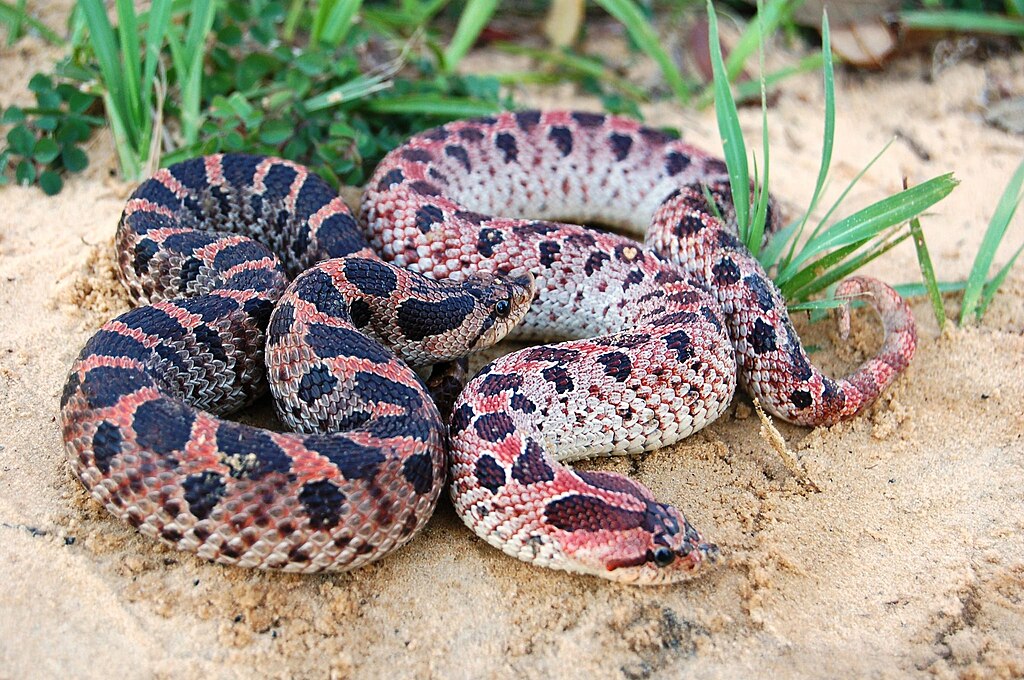
The fascinating behavior of hognose snakes continues to attract scientific interest from multiple disciplines. Neurobiologists are studying the brain mechanisms that trigger and control thanatosis, while evolutionary biologists examine the genetic basis for these behaviors. Current research questions include whether individual snakes can modify their performances based on experience and whether certain predator species are more or less susceptible to being fooled by these displays. Some researchers are using modern technology like high-speed cameras and pressure-sensitive platforms to analyze the subtle details of thanatosis performances, revealing previously unnoticed components of the behavior. Future studies may help us understand whether climate change and habitat fragmentation are affecting the expression or effectiveness of these defensive behaviors in wild populations.
Conclusion
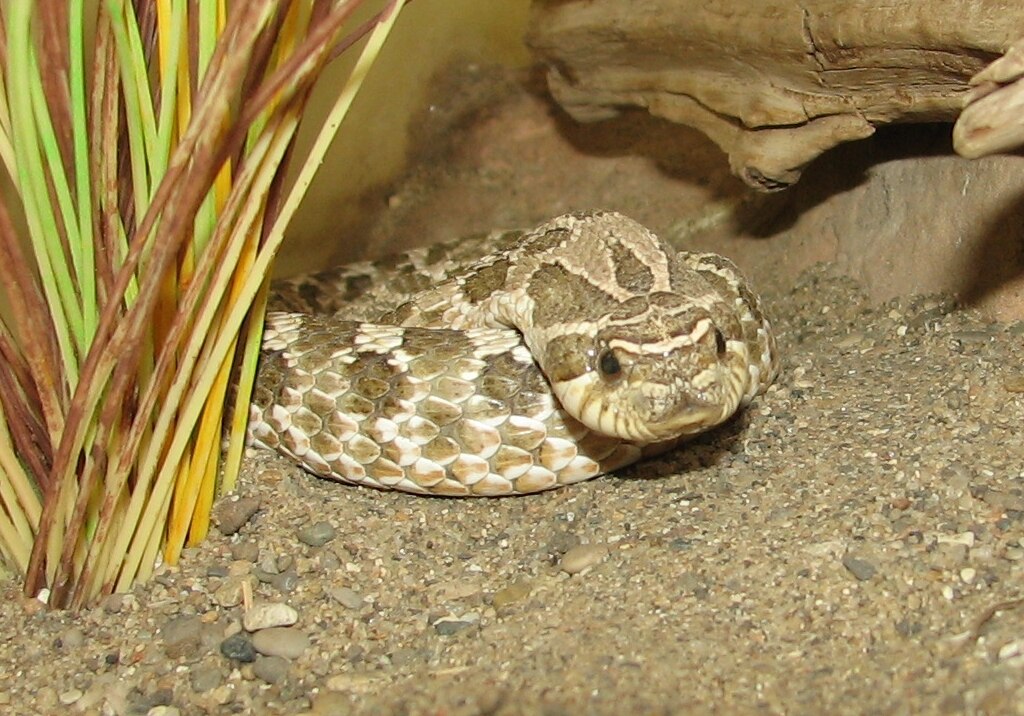
The hognose snake’s remarkable ability to feign injury or death represents one of nature’s most sophisticated defensive adaptations. This elaborate performance, evolving as an alternative to deadly venom or physical prowess, showcases how behavioral adaptations can be just as effective as physical ones in the survival game. From their initial intimidation displays to their Oscar-worthy death scenes, these snakes remind us that nature’s creativity extends far beyond tooth and claw. As we continue to study and appreciate these remarkable reptiles, they offer valuable insights into the complex interplay between evolution, behavior, and survival in the natural world. The next time you encounter a seemingly dead snake on its back, remember—you might just be witnessing one of nature’s most accomplished performers in the middle of their greatest act.

